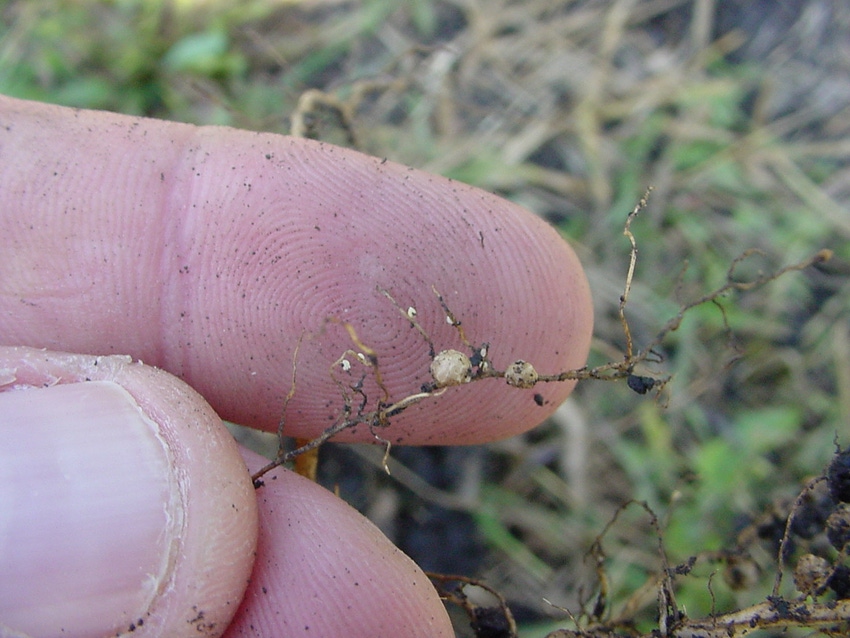August 30, 2016

Farmers would know if there was a pest on their farms costing them thousands of dollars right? Not necessarily.
Soybean Cyst Nematode (SCN) is a damaging pest that costs American soybean farmers $1.2 billion annually. There were 81.8 million acres planted to soybeans in 2015. That means on average, SCN cost soybean farmers $14.70 an acre.
Unfortunately, a recent University of Missouri study shows that only 34 percent of farmers considered SCN a problem or were aware of its presence in their fields. Only 31 percent of farmers knew how they were trying to protect their fields. This is concerning because 92 percent of the soil samples tested were positive for SCN, with 77 percent of those being rated as a medium or high infestation. That is a major problem when it comes to managing this pest.
Know your nematodes
“Knowledge is your first power against SCN,” said Melissa Mitchum, Ph.D., plant sciences professor at the University of Missouri. “Know your SCN level, know your SCN type, know your source of resistance and know your options.”
Further complicating the SCN issue is a population shift occurring within the nematodes themselves. Historically farmers relied heavily on genetic resistance to the pest, but recently, traditional resistance is less effective
“Each nematode has different genes,” Mitchum explained. “Nematodes that are unaffected by plant resistance pass along those genes to their offspring, which can results in a big problem.”
Rotating to non-host crops such as corn can help decrease future outbreaks, but this will only lower the populations and not eliminate SCN. Industry has recently introduced a few nematicidal seed treatments that decrease SCN’s reproductive rates, but so far none of the seed treatments are a stand-alone control of SCN.
The main concern that farmers face is that there are no viable alternatives to the PI88788 resistance that is currently the main source of resistance in commercial varieties.
The North Central Soybean Research Program, a farmer-led organization that invests checkoff dollars into research with regional implications, recently voted to fund more research in the area of SCN resistance. Twelve state soybean associations fund NCSRP including Illinois, Indiana, Iowa, Kansas, Michigan, Minnesota, Missouri, Nebraska, North Dakota, Ohio, South Dakota and Wisconsin.
Take SCN soil samples now
Since SCN numbers are highest when soybean plants are mature or shortly after harvest, now is the best time to collect samples. Be sure to get a representative sample of each field (10-20 cores per 20-acre section of field), as well as check these suspect or high-risk areas:
near a field entrance
areas that have been flooded at one time
areas of high soil pH (greater than 7)
areas where weed control isn't quite as good
areas where the yield seemed to be a little low the last time soybeans were grown
areas along fence lines where wind-blown soil accumulates.
Avoid sampling in the middle of dead plant hot spots, since dead roots no longer support nematodes – sample near these areas where plants appear healthy.
Review this SCN Management Guide PDF for more details: http://bit.ly/SCNguide and this fall soil sampling video: http://bit.ly/SCNsoilsampling.
You May Also Like




